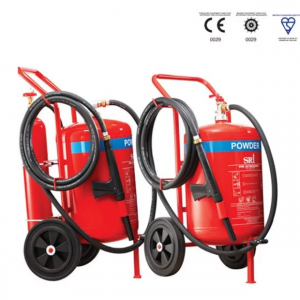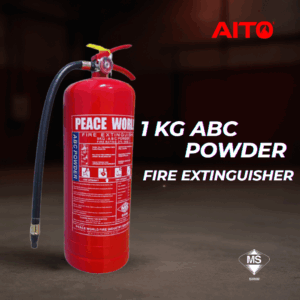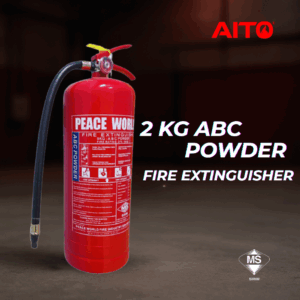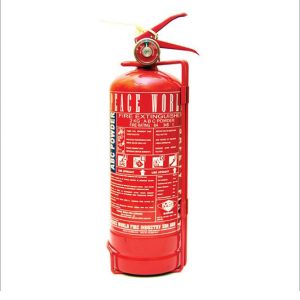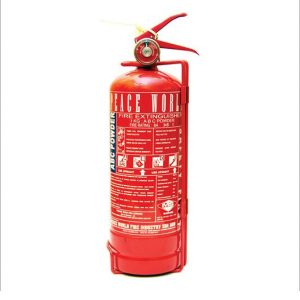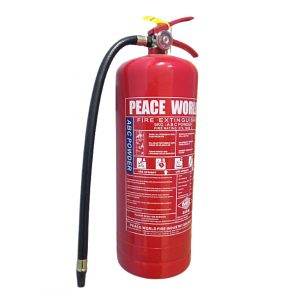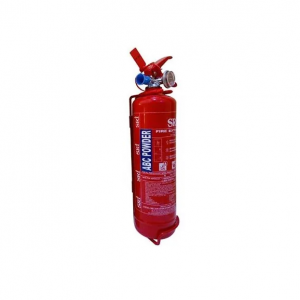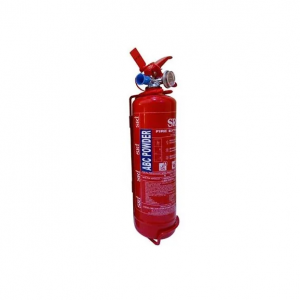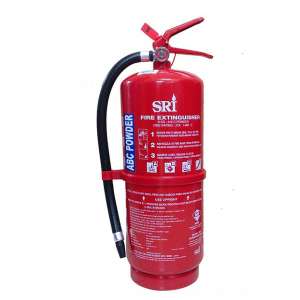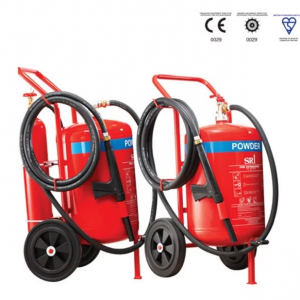Common Fire Risks at Warehouses and Distribution Centers
Warehouses and distribution centers are essential for the smooth functioning of many businesses. However, they also pose significant fire risks. In this article, we will explore the most common fire risks in warehouses and distribution centers, as well as tips for minimizing these risks.
1. Electrical and Lighting Fires
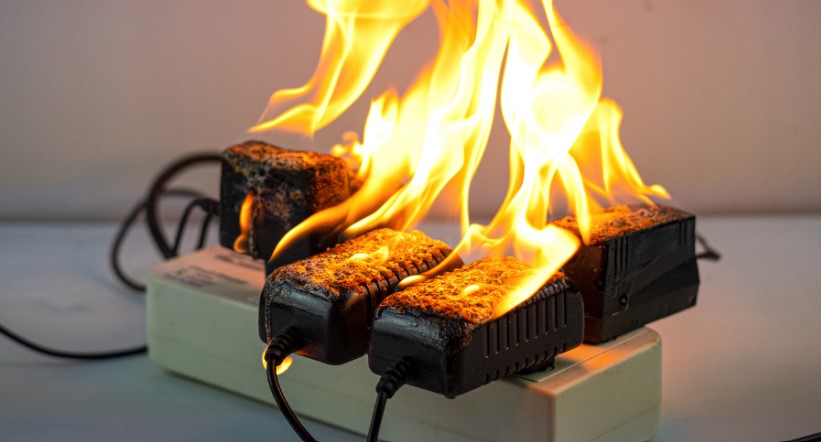
To prevent electrical and lighting fires, it is important to:
- Follow all electrical codes and regulations.
- Have electrical wiring and equipment inspected and maintained regularly by a qualified electrician.
- Avoid using extension cords as permanent wiring solutions.
- Never overload electrical outlets or circuits.
- Keep flammable materials away from electrical wiring and equipment.
2. Trash and Rubbish Fires

Warehouses and distribution centers often produce a lot of waste. This waste can accumulate and pose a fire hazard, especially if it is not properly disposed of.
To minimize the risk of trash and rubbish fires, it is important to:
- Dispose of trash and recyclable materials promptly.
- Keep trash and rubbish containers away from heat sources.
- Do not allow trash and rubbish to accumulate.
- Extinguish all smoking materials properly.
3. Heating Equipment Fires

Heating equipment can also pose a fire hazard in warehouses and distribution centers. This is especially true if heating equipment is not properly maintained or used.
To prevent heating equipment fires, it is important to:
- Follow the manufacturer’s instructions for using and maintaining heating equipment.
- Have heating equipment inspected and serviced regularly by a qualified technician.
- Keep flammable materials away from heating equipment.
4. Exposure Fires

Exposure fires are fires that start outside of a warehouse or distribution center and spread to the building. These fires can be caused by a variety of factors, such as lightning strikes, wildfires, and neighboring fires.
To minimize the risk of exposure fires, it is important to:
- Create a firebreak around the perimeter of the facility.
- Remove flammable materials from the exterior of the facility.
- Install fire detection and suppression systems around the perimeter of the facility.
5. Flammable and Combustible Liquid Fires
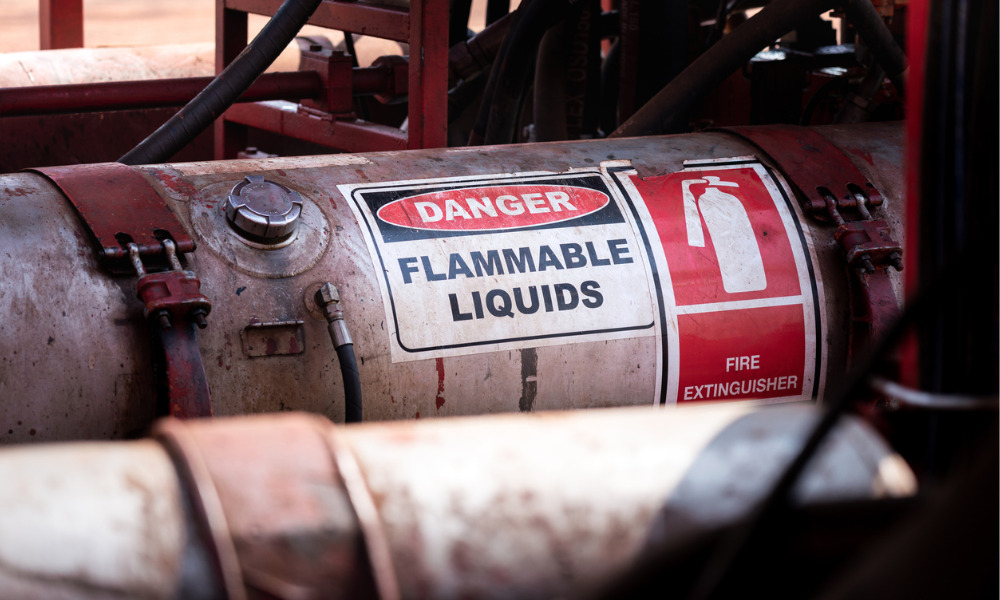
Flammable and combustible liquids are a major fire hazard in warehouses and distribution centers. These liquids can ignite easily and spread quickly.
To minimize the risk of flammable and combustible liquid fires, it is important to:
- Store flammable and combustible liquids in a safe and secure location.
- Keep flammable and combustible liquids away from heat sources.
- Use flammable and combustible liquids only in well-ventilated areas.
- Have fire detection and suppression systems in place where flammable and combustible liquids are stored and used.
Tips for Minimizing Fire Risks
In addition to the tips listed above, there are a number of other things that can be done to minimize fire risks in warehouses and distribution centers. These include:
- Conducting regular fire safety training for all employees.
- Maintaining a clean and organized work environment.
- Having a fire safety plan in place and regularly reviewing and updating it.
- Installing fire detection and suppression systems throughout the facility.
By following these tips, you can help to ensure the safety of your warehouse or distribution center and its employees.



